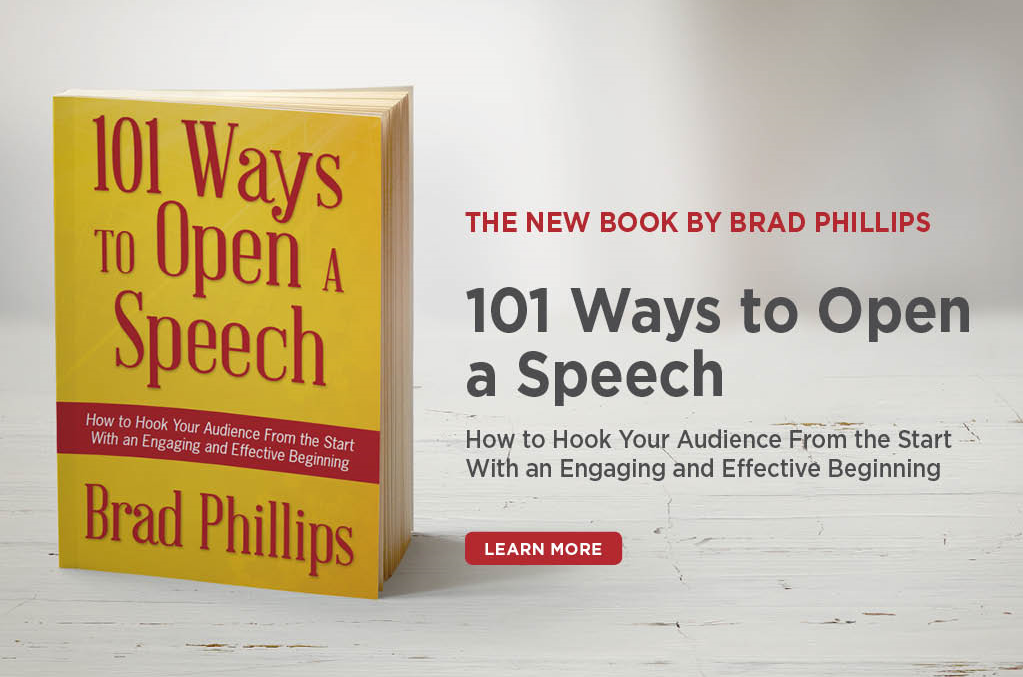How To Open A Speech #35: The Oddball Fact Open
This is an excerpt from my new book, 101 Ways to Open a Speech, now available at Amazon.
Enter the term “strange facts” into Google, and you’ll come up with millions of webpages that feature the unusual, the odd, and the downright bizarre.
To write this lesson, I did exactly that. And to show you how easy it is to work an oddball fact into your open, here are two I encountered in an article on the first link that came up, via BuzzFeed.
First, I came across a story about the Haskell Free Library and Opera House, which has the distinction of residing in two nations. According to its website, “The pride of Stanstead, Quebec, and Derby Line, Vermont…was constructed deliberately astride the boundary line separating Canada from the United States…Most of the audience sits in the U.S. to watch a show on a stage in Canada.”
That fascinating fact could serve as the opening for a presentation about international cooperation or stand as a metaphor about the artificial barriers that too often separate us (among many other potential topics).

The second fact that caught my eye was about an Irish mother whose twins were delivered a world-record 87 days apart (the first was three months premature but survived; the second was born closer to full term). That story strikes me as a perfect example of perseverance and the payoff that can occur after enduring a time of nerve-racking uncertainty. It’s easy to see how a speaker discussing those topics could draw a parallel.
This starter can be particularly fun to develop and allows you to deploy your creativity in wonderful ways. The biggest challenge is usually drawing a link from an oddball fact to your topic—but as you’ve seen in the two examples above, that may not be terribly difficult to accomplish.
This is an excerpt from my new book, 101 Ways to Open a Speech, now available at Amazon. You can read more about the book here.



This is a great article, thank you for this.
I would like to suggest a future topic for possible article/discussion on how the public attitudes towards the “meaning” old/previous speeches changes over time. A recent classic example of this is the Julia Gillard “misogyny” speech that was widely praised at the time of delivery and is now referenced by journalists as an “infamous” speech. What are some methods of future proofing a speech as to render it timeless?